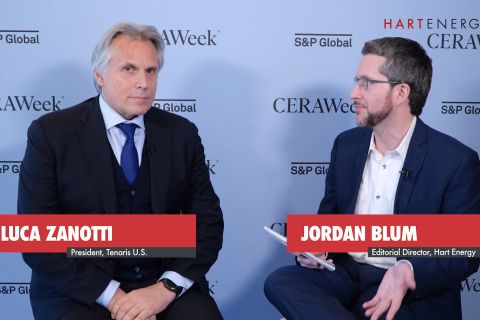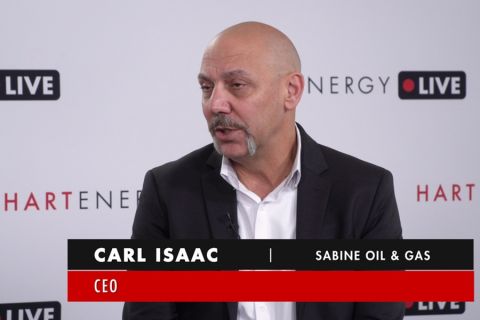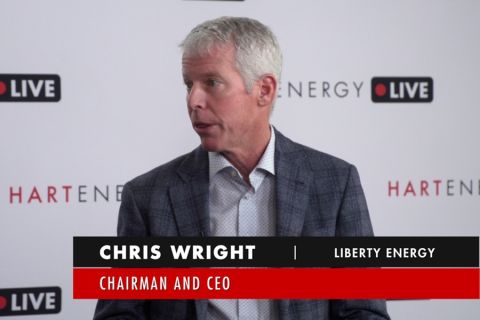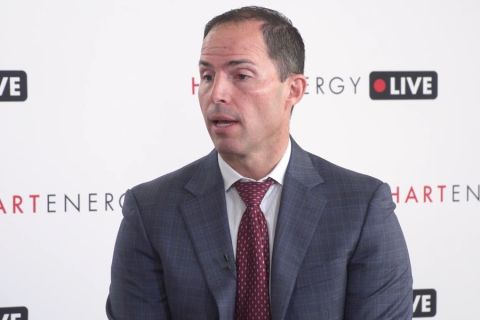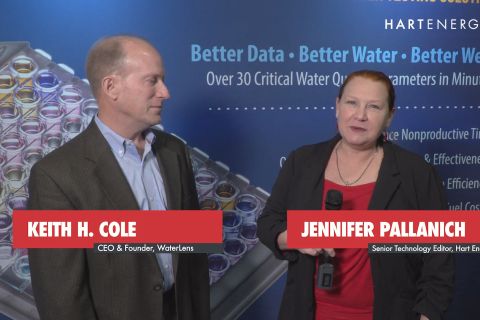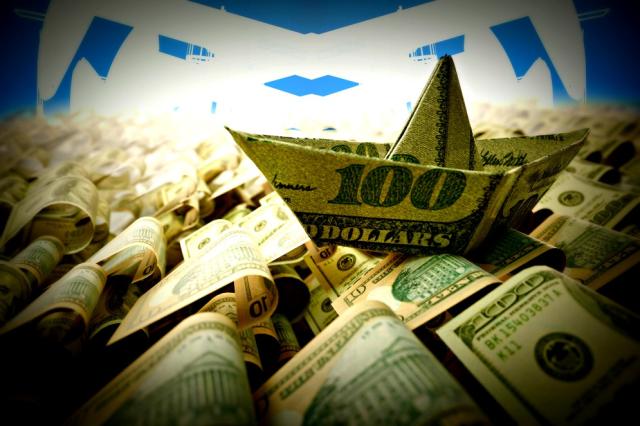
Despite OPEC’s corrective action last year, oil prices continue to be too rocky for buyers and sellers to find a middle ground to execute deals. (Source: Hart Energy/Shutterstock.com)
[Editor's note: A version of this story appears in the April 2019 edition of Oil and Gas Investor. Subscribe to the magazine here.]
Surreal moment of this year’s CERAWeek by IHS Markit: OPEC Secretary General Mohammad Barkindo sitting in the press room, questioned about presidential tweets.
Navigating carefully around a reporter’s question of whether OPEC is influenced by President Donald J. Trump’s digital screeds/bullying/self-congratulations regarding OPEC, Barkindo said the tweets add “uncertainty” to global markets.
Bumpiness ensues when the most powerful person on Earth writes, as he did on Feb. 25: “Oil prices getting too high. OPEC, please relax and take it easy. World cannot take a price hike - fragile!” The missive, posted after the usual consultation with experts, caused oil prices to fall 3%, according to CNBC.
Barkindo noted that “the president doesn’t give notice before he tweets.”
VIDEO - CERAWeek: NOPEC, Carbon Capture, US Shale Capital Outlook
Still, any president would rightly be attuned to global energy markets now that the U.S. is a net energy exporter, he said.
Barkindo also said he has been meeting with shale oil producers to talk shop, though some of them probably wish he was just shopping.
Despite OPEC’s corrective action last year, oil prices continue to be too rocky for buyers and sellers to find a middle ground to execute deals. In February, QEP Resources Inc. called off its deal with Vantage Energy Acquisition Corp., citing deterioration in commodity prices.
That volatility has helped cast A&D markets adrift. Experts and analysts talk a lot about nagging headwinds and eventual tailwinds. So far, though, E&Ps remain in a no-wind scenario.
At Hart Energy’s Executive Oil Conference in Dallas, S. Wil VanLoh, founder and CEO of private-equity provider Quantum Energy Partners, said displacing the inventory of top-tier producers is a challenge. The top 10 producers, drilling at their current pace, have another 44 years of inventory remaining, he said.
That spells trouble for private-equity-backed companies. “In order for a public company to buy you, you basically have to displace some of their top quartile inventory. That’s increasing becoming a harder thing to do in the private-equity world,” he said.
RELATED: Quantum CEO: Welcome To Shale 3.0
Jason Martinez, managing director and co-head of the A&D Group for BMO Capital Markets, took a slightly different view. He asked whether top producers’ inventories are really that deep. Martinez, who also spoke at the conference, said the key is to think about A&D like Little League baseball. This analogy doesn’t appear to extend to bitter parent rivalries, including a New Jersey mom who got probation for writing threatening letters to Little League officials (her son didn’t make the team) or a former Florida policeman who gave a pitcher $2 to hit an opposing player with the ball (winning is not everything).
Martinez said Little League teams that go deep into the playoffs and eventually raise a championship trophy have great lineups—not just at the top of the order but in the sixth, seventh and eighth spots.
“You may not be able to compete and knock out top quartile production and inventory. That’s OK,” he said. “As you’re building your companies, what we’re telling people is to think about where you fit in the lineup of your target buyers.”
Some companies may have strong and deep inventories. Others may just have strong inventories, or even some that are nearing retirement age.
BMO examined seven unnamed companies with high rates of return and their corresponding inventory. He singled out one company, which has IRRs of roughly 37% and about 100 remaining locations.
“If I’m that company, I’m thinking real hard about what else I can get out there, even if it’s not the top of my batting order,” he said.
Finding a buyer is one thing. Finding one who can close the deal is another.
“What we’re seeing is a lot longer [marketing period] from the traditional process where you would go out, have your dataroom, get your bids, shoot your horse and go on down the path,” he said.
In 2018, Martinez said he was in a situation last year in which a company had received bids materially higher than “what we ultimately signed it for.” The purchaser, however, had cash.
Though logic would suggest buying something requires money, “you’d be surprised … how many folks show up to a bid and really aren’t cash closers.”
Fellow panelist J.P. Hanson, managing director and head of the E&P group at Houlihan Lokey said closing deals is causing companies to think more creatively.
“We become more creative if there isn’t an immediate access to cash,” he said. “We did an A&D deal that actually closed last month that was a combination of cash up front and a 5% override, which helped bridge a valuation gap between buyer and seller.”
Final thoughts: Ignore Twitter, never bring an empty wallet to a cash fight and enjoy the game.
Darren Barbee can be reached at dbarbee@hartenergy.com.
Recommended Reading
Exclusive: Tenaris’ Zanotti: Pipes are a ‘Matter of National Security’
2024-04-12 - COVID-19 showed the world that long supply chains are not reliable, and that if oil is a matter of U.S. national security, then in turn, so is pipe, said Luca Zanotti, U.S. president for steel pipe manufacturer Tenaris at CERAWeek by S&P Global.
Exclusive: Sabine CEO says 'Anything's Possible' on Haynesville M&A
2024-04-09 - Sabine Oil & Gas CEO Carl Isaac said it will be interesting to see what transpires with Chevron’s 72,000-net-acre Haynesville property that the company may sell.
Exclusive: Liberty CEO Says World Needs to Get 'Energy Sober'
2024-04-02 - More money for the energy transition isn’t meaningfully moving how energy is being produced and fossile fuels will continue to dominate, Liberty Energy Chairman and CEO Christ Wright said.
Chesapeake, Awaiting FTC's OK, Plots Southwestern Integration
2024-04-01 - While the Federal Trade Commission reviews Chesapeake Energy's $7.4 billion deal for Southwestern Energy, the two companies are already aligning organizational design, work practices and processes and data infrastructure while waiting for federal approvals, COO Josh Viets told Hart Energy.
Exclusive: Calling on Automation to Help with Handling Produced Water
2024-03-10 - Water testing and real-time data can help automate decisions to handle produced water.


